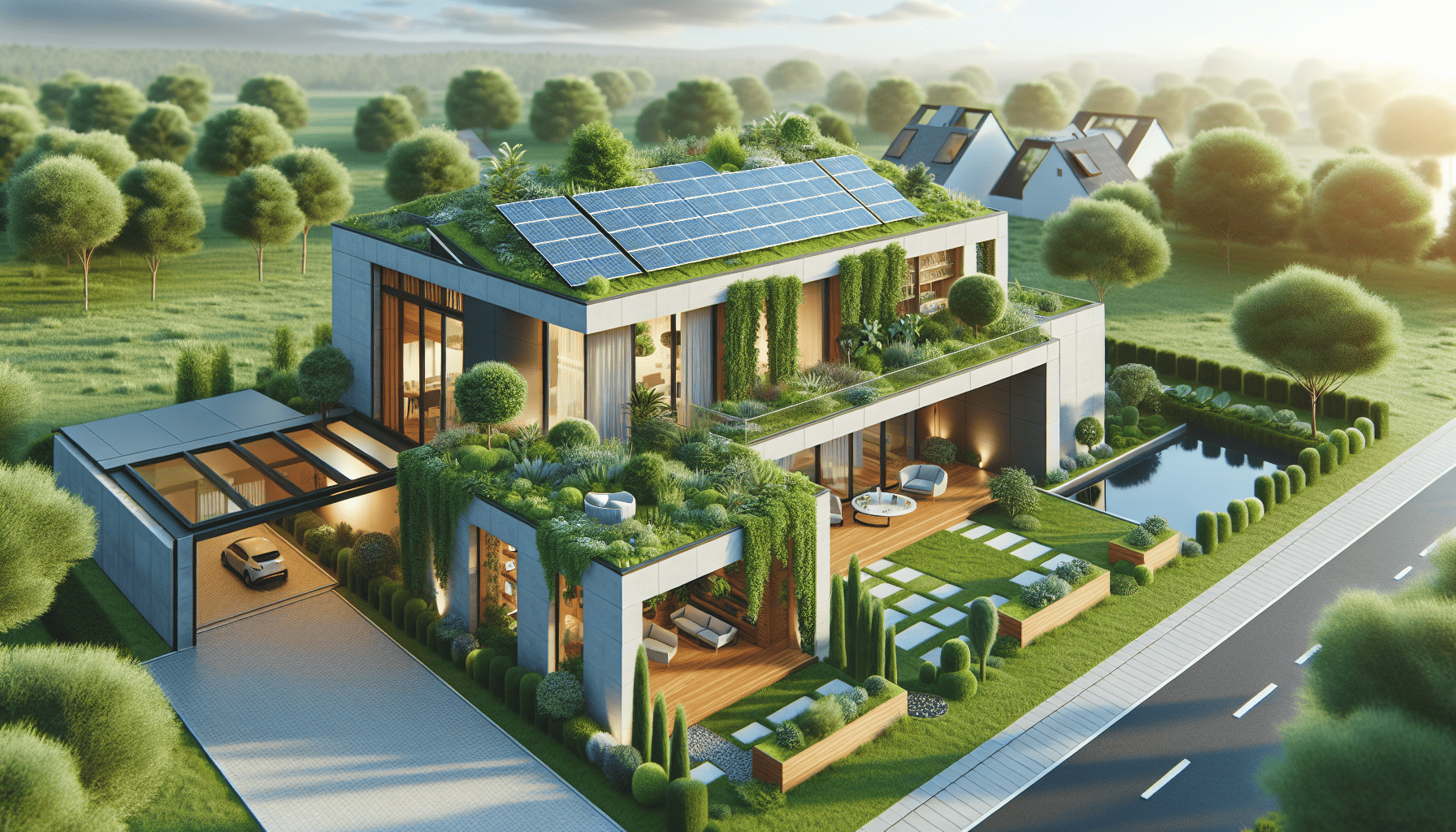In an era where climate change and environmental degradation present urgent challenges, the concept of sustainable living has moved from being a niche lifestyle choice to a modern necessity. Today's homes increasingly incorporate sustainable living options, which not only contribute to environmental conservation but also offer significant cost savings. This paradigm shift towards sustainable homes is characterized by innovative design techniques, use of eco-friendly materials, and integration of renewable energy solutions, all of which work in harmony to reduce our carbon footprint.
One of the foremost strategies in sustainable living is energy efficiency. Modern homes are now equipped with energy-efficient appliances and smart home technology that help reduce energy consumption. Smart thermostats, LED lighting, and high-efficiency windows are just a few examples of advancements that not only lower utility bills but also reduce greenhouse gas emissions. Moreover, the integration of solar panels has revolutionized the way homeowners generate and consume energy. By harnessing solar power, homeowners can significantly cut down on their dependence on fossil fuels, leading to a more sustainable and self-sufficient energy system.
Water conservation is another critical aspect of sustainable living. Greywater recycling systems, low-flow fixtures, and rainwater harvesting setups are increasingly common in modern homes. These systems capture and utilize water that would otherwise be wasted, effectively reducing the overall water usage. Not only does this approach contribute to preserving this precious resource, but it also translates into lower water bills, providing an economic incentive for homeowners.
The materials used in home construction and renovation also play a pivotal role in promoting sustainability. Sustainable homes often feature building materials that are renewable, recycled, or have low environmental impact. Bamboo flooring, recycled steel, responsibly-sourced timber, and non-toxic paints are examples of materials that reduce environmental harm while enhancing the health and comfort of living spaces. The use of such materials also supports the local economy and lower transportation emissions, contributing to a more sustainable construction industry.
The design of modern homes is increasingly being influenced by principles such as passive solar design and biophilic design. Passive solar design takes advantage of natural sunlight to heat homes during the winter while minimizing heat during the summer, reducing reliance on artificial heating and cooling systems. Biophilic design, on the other hand, integrates natural elements into living spaces, improving occupant well-being and connecting them to the natural environment.
Furthermore, sustainable homes often incorporate features that promote urban biodiversity and green living. Rooftop gardens, green walls, and native landscaping not only enhance the aesthetic appeal but also create habitats for wildlife, support pollinators, and improve air quality. Such features also provide insulation, reducing the need for artificial temperature control, which results in energy conservation.
Transitioning towards sustainable living in modern homes offers a multitude of benefits beyond environmental conservation and cost savings. It fosters healthier living environments, promotes self-sufficiency, and encourages mindful consumption patterns. As awareness of the environmental impact of our lifestyles grows, sustainable living in homes is not just a trend but a vital component of a resilient and responsible future.
In conclusion, sustainable living in modern homes represents a harmonious blend of technology, nature, and innovative design. As homeowners and builders continue to embrace eco-friendly practices, the shift towards sustainability becomes a powerful force in combating climate change, preserving natural resources, and ensuring economic viability. As we look to the future, the pursuit of sustainable living in our homes promises to be a cornerstone of environmental stewardship and economic sustainability.
